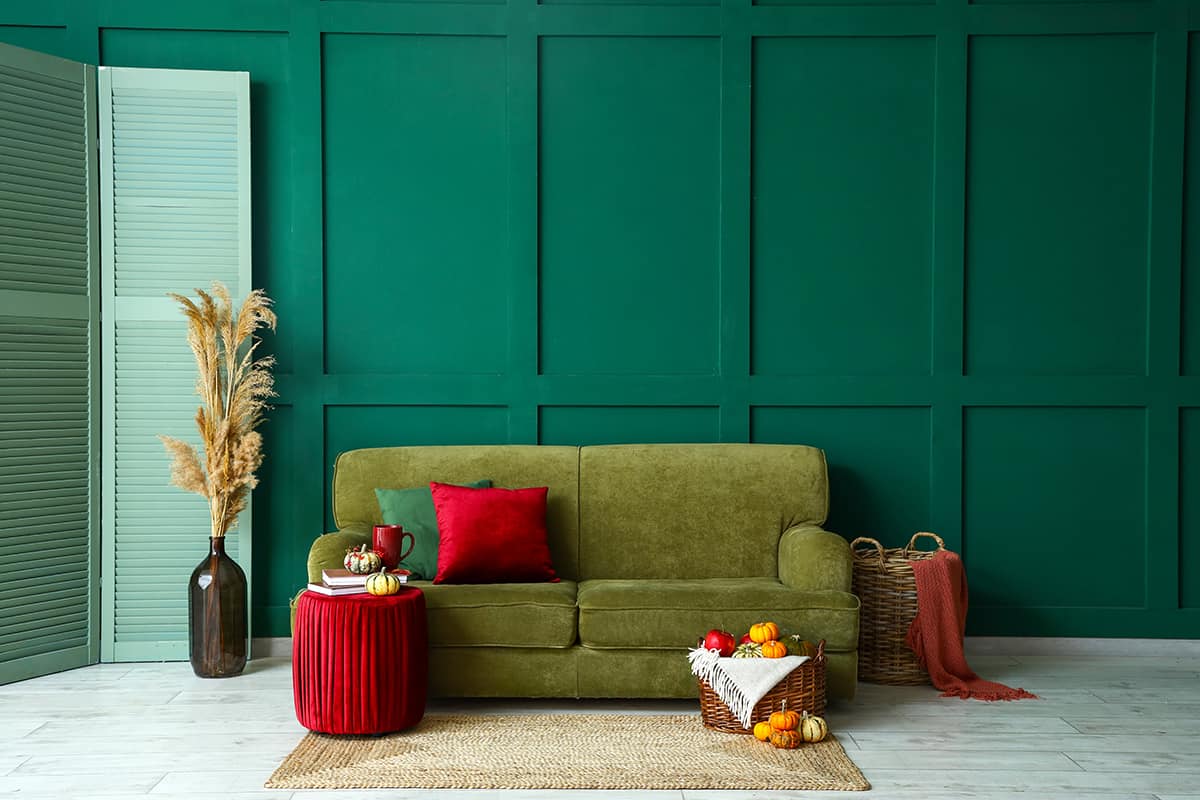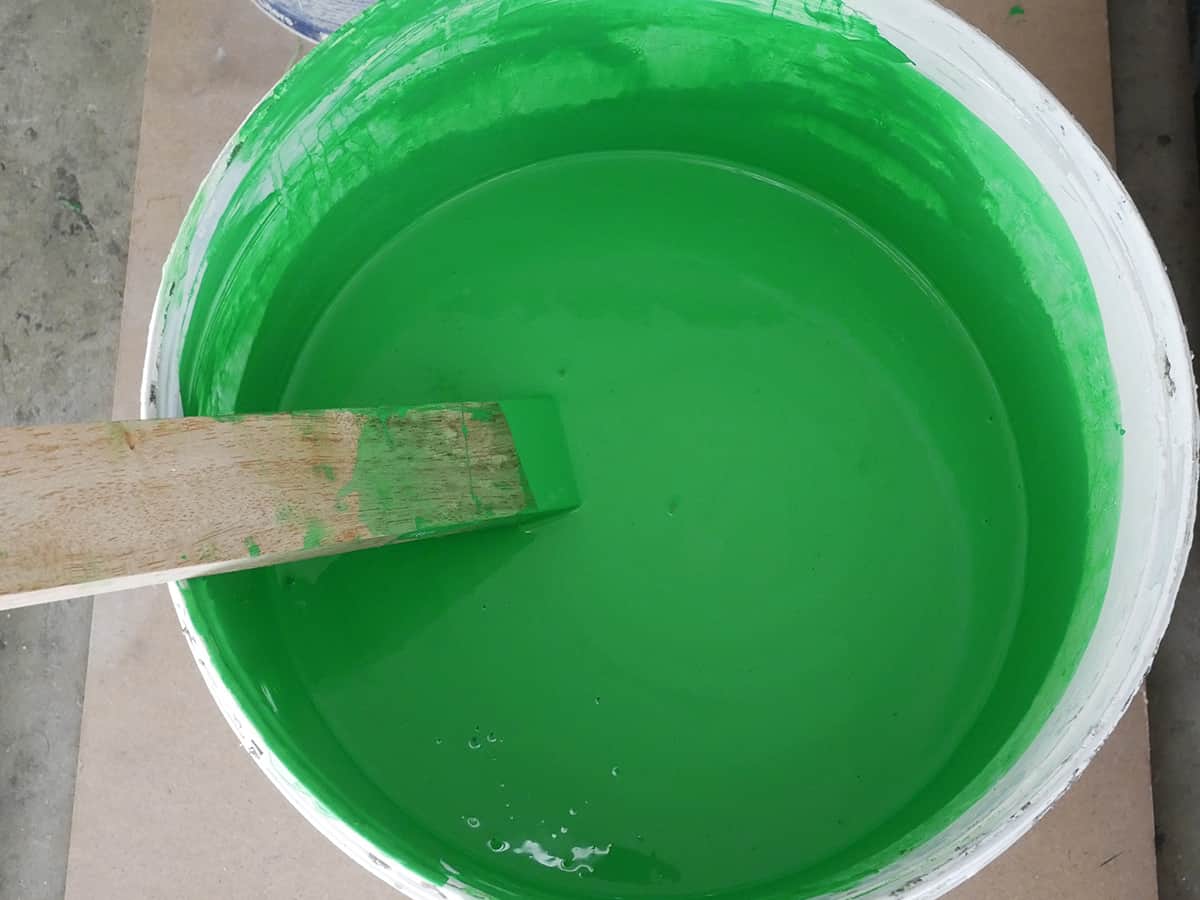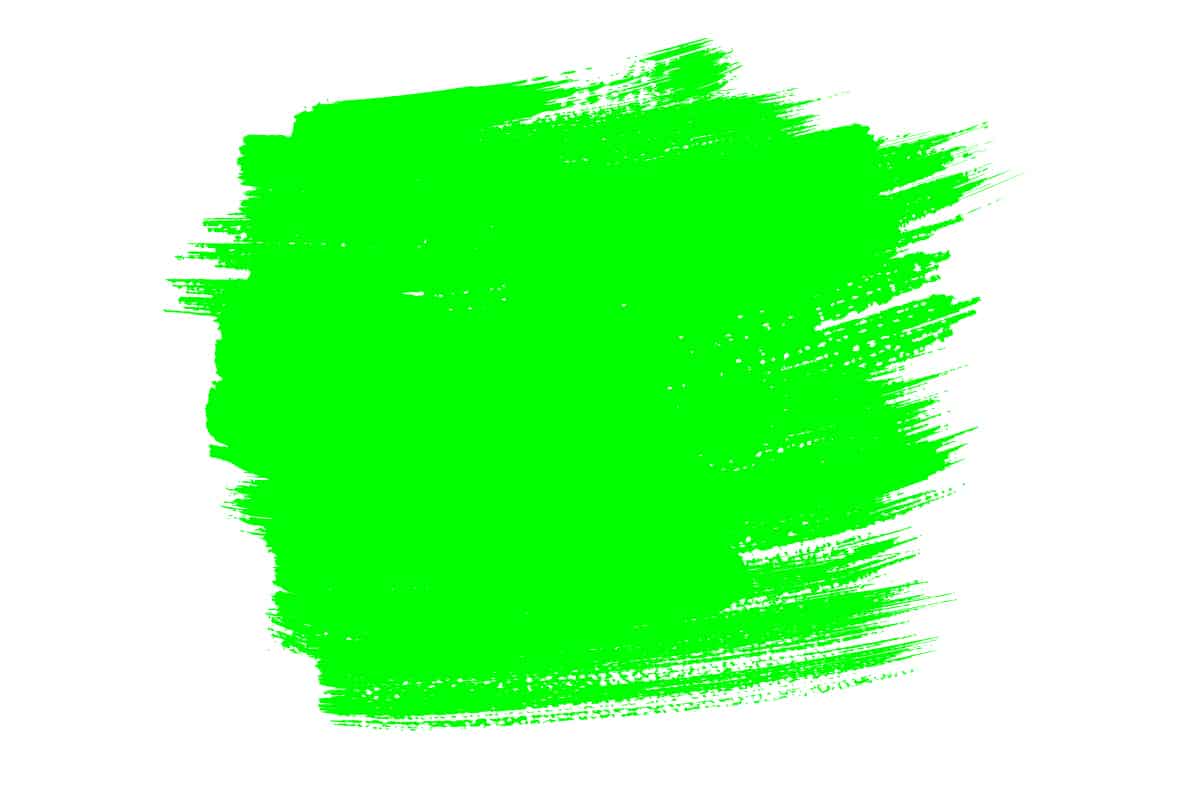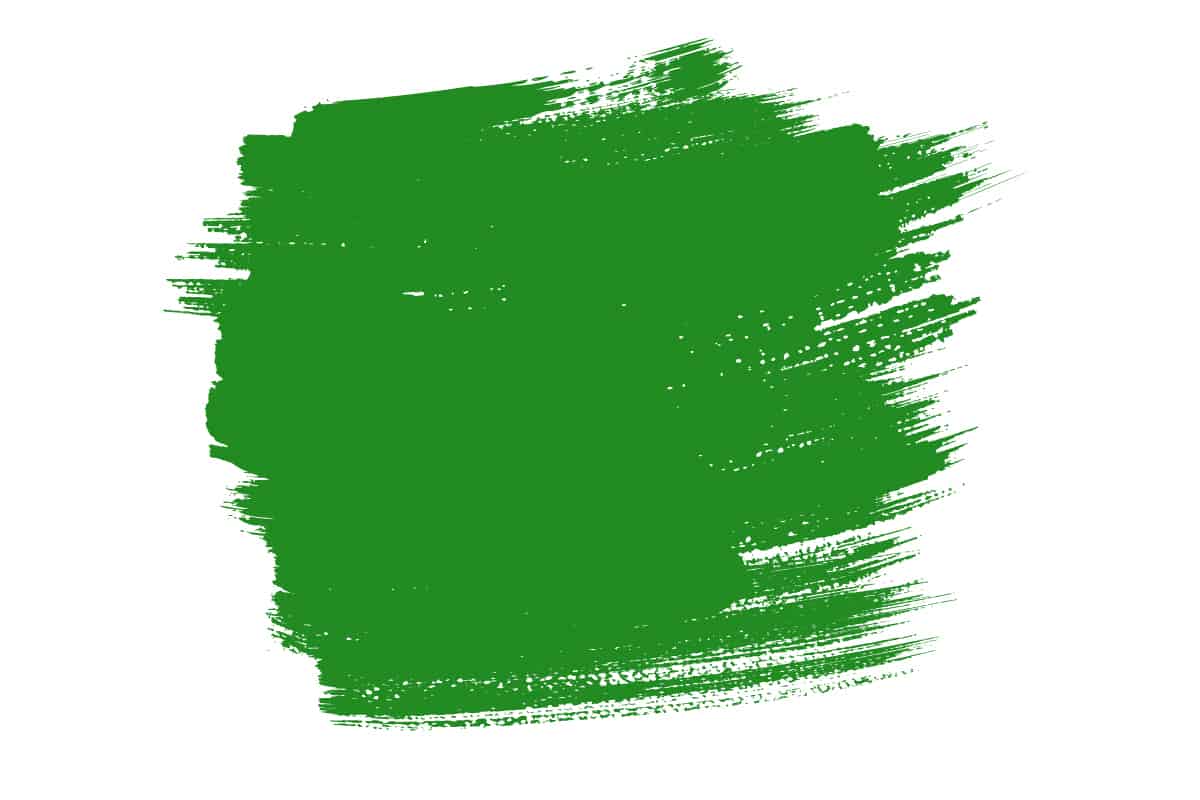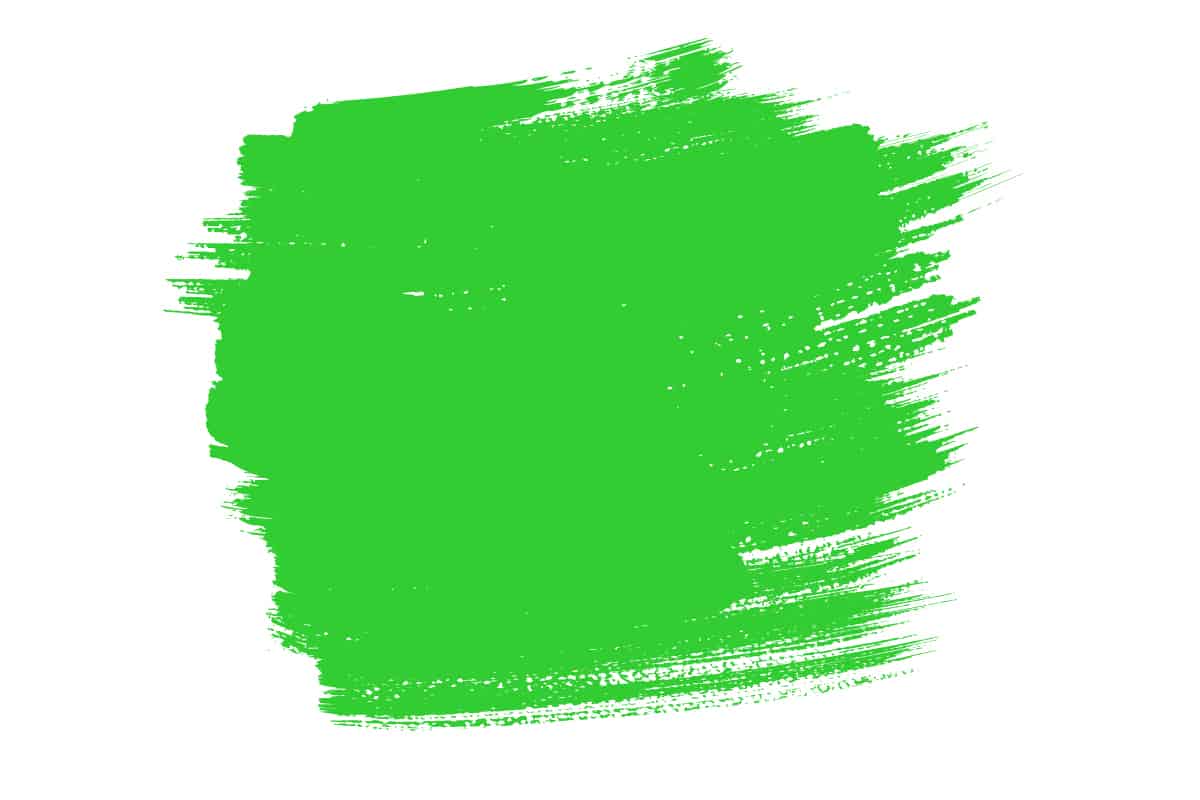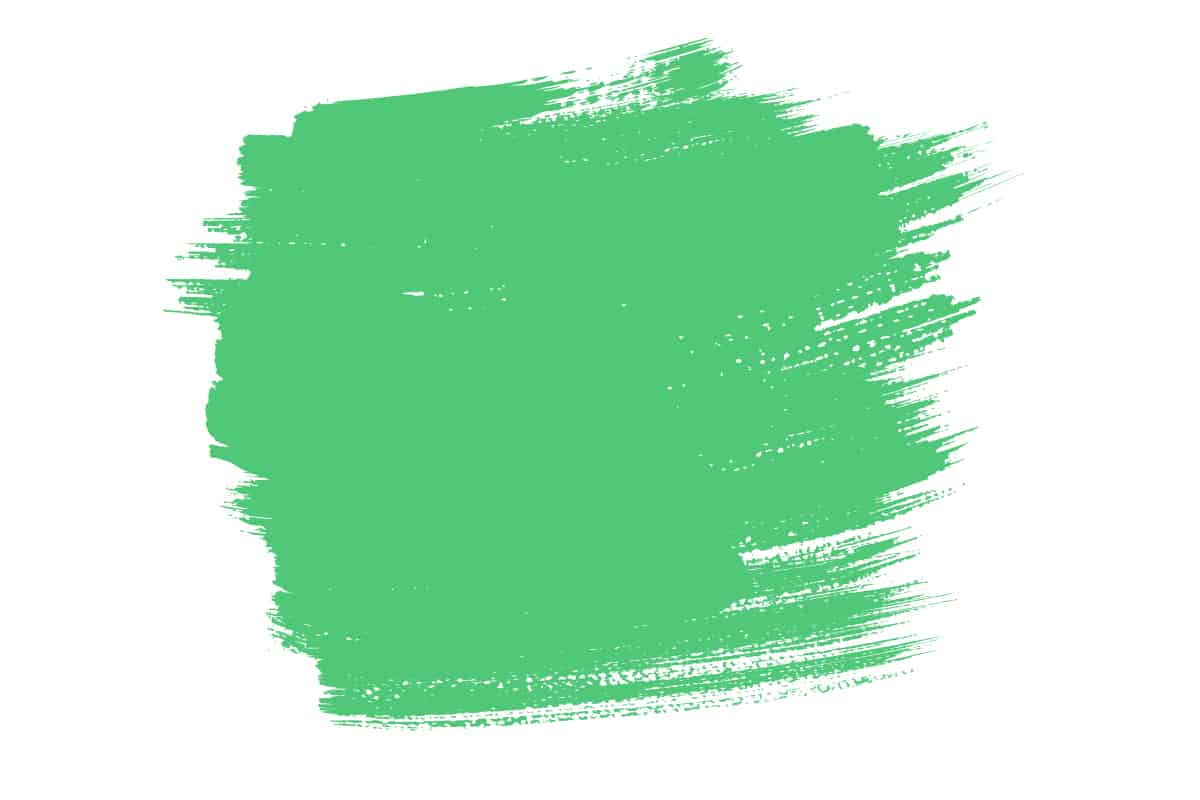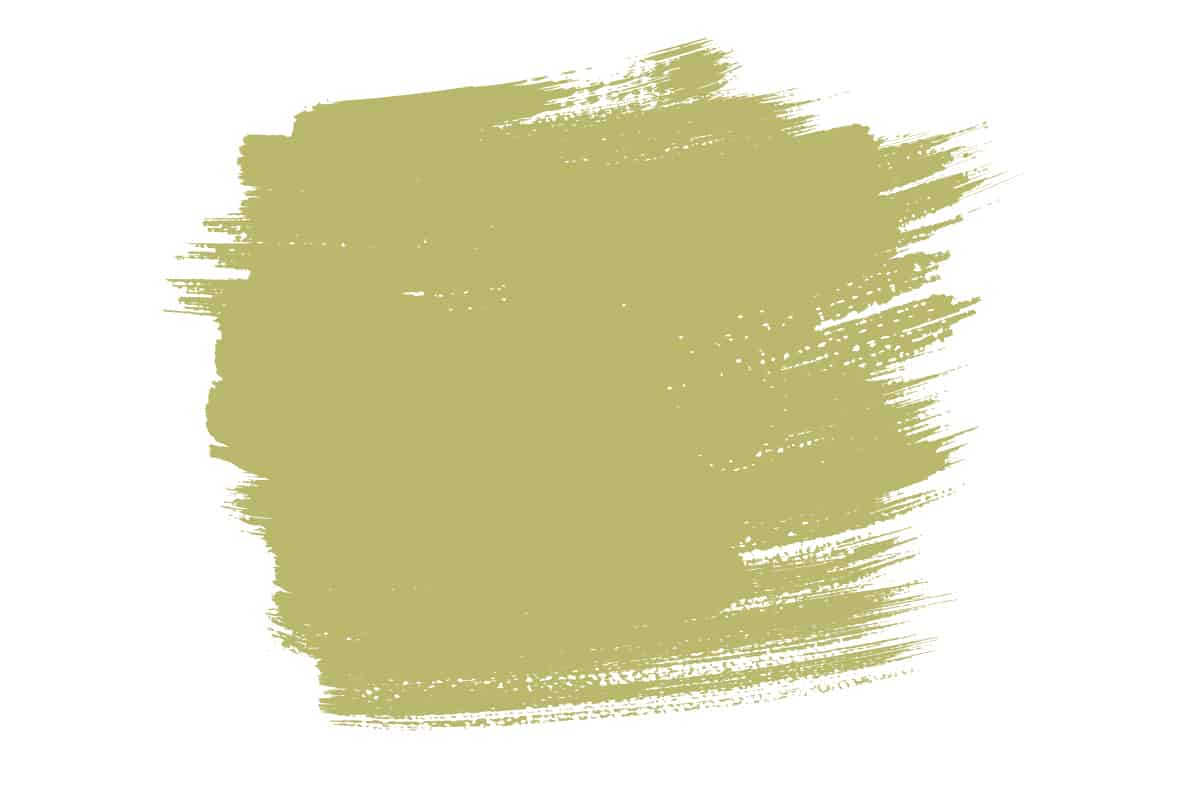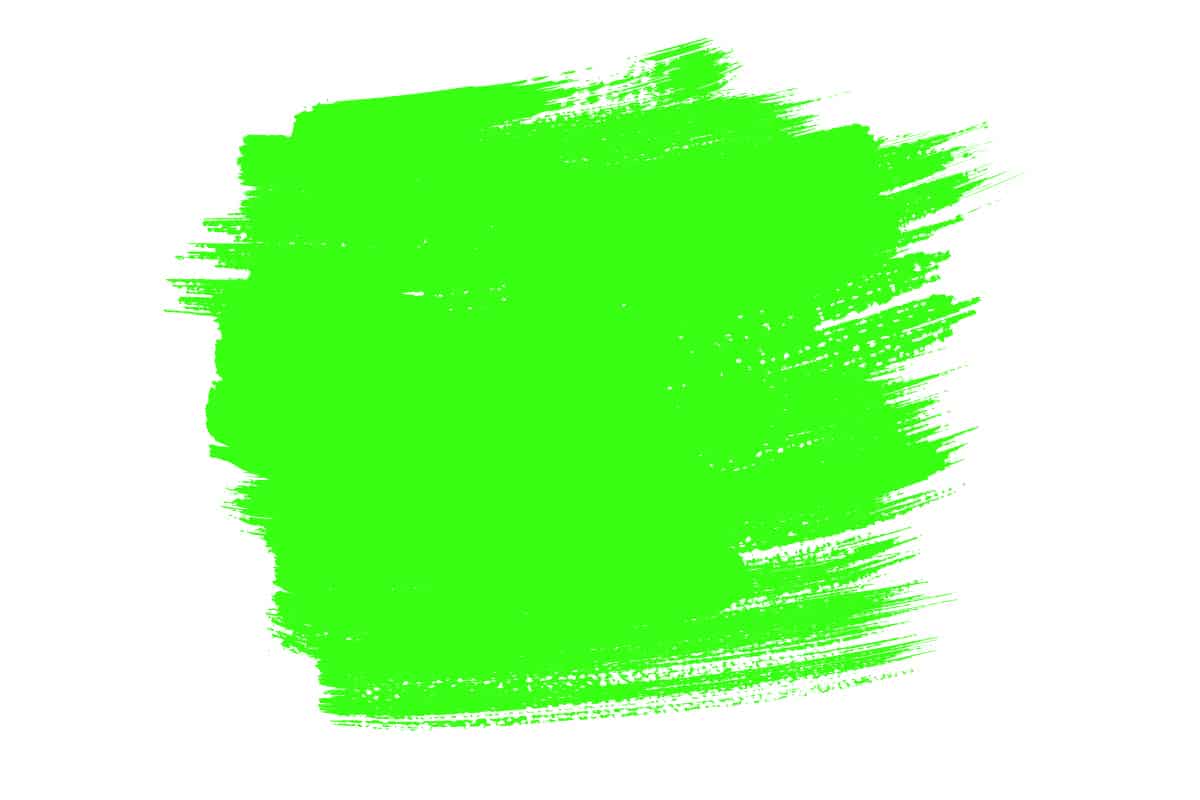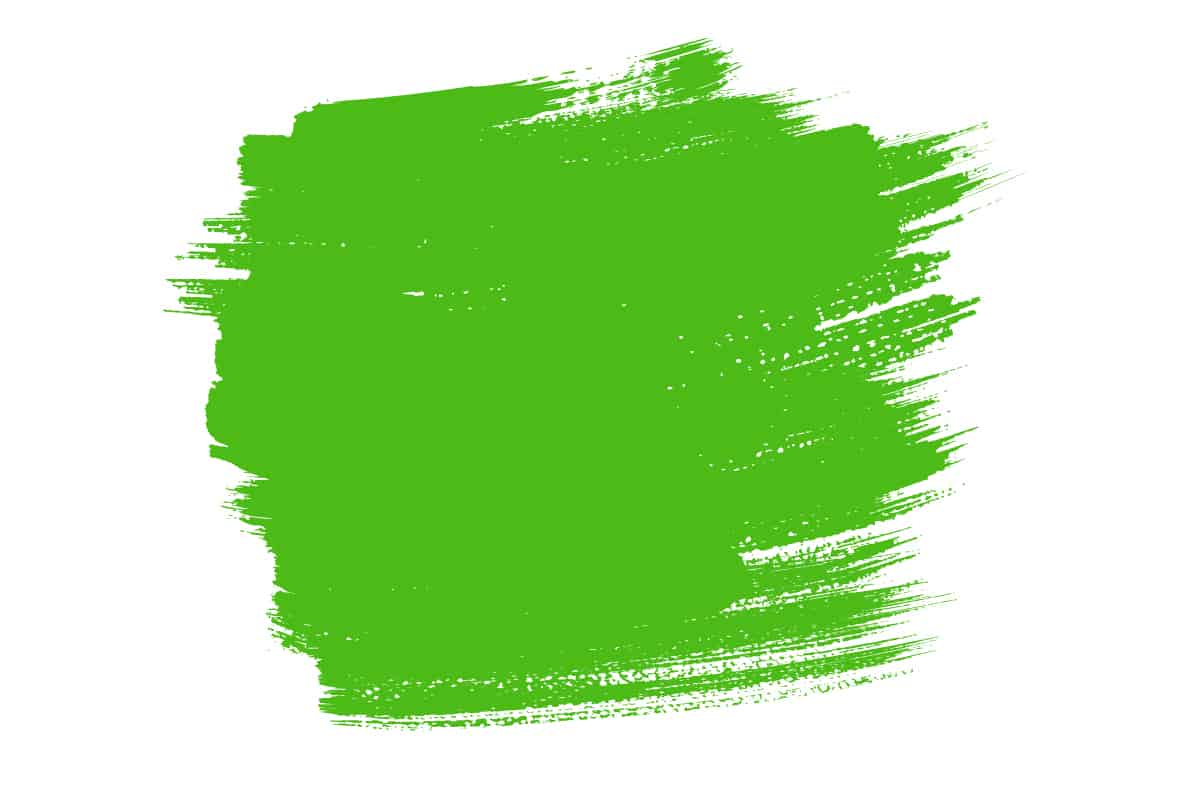Green is a secondary color that is made by mixing blue and yellow. Various types of green can be created by altering the amount of blue and yellow in the mix to achieve colors such as emerald green, olive green, forest green, and lime green.
Green is absolutely thriving in the world of interior design right now, as it continues to grow in popularity as a paint color, fabric color, and furniture color in home decor. Here we explore some of the best shades of green that are trending at the moment, along with green hex codes and how to use these colors in home decor.
Meaning of Green
Green is a color that makes up a lot of our natural landscape, from lush grassy green fields and meadows to the vibrant green leaves of the rainforest, the deeper and darker greens of woodlands, mossy mountainsides, and blue-green ocean waters. The way that green is often the background color of the human experience means it can be considered neutral despite it not technically being one.
As it is a color we are so used to being around; it feels comfortable, easy, and relatable. Green is also a cool and refreshing color that can invoke a sense of vitality. Its ties to the natural world make green representative of growth and new beginnings, so it’s a good choice of color to surround yourself with if you want a fresh start, or to feel a soothing crispness.
How to Make Green
Green is made by mixing blue and yellow. An equal mix of primary blue and primary yellow will give you a pure green shade, but you can alter the type of green color you achieve by altering the amount of blue and yellow in the mix.
Small portions of red can also be added if you want the green to lean slightly towards brown, for example, in the case of olive green. You could also add gray to give the green cooler darkness or use varying amounts of black or white to gain a darker or lighter shade.
Best Shades of Green with Hex Codes
Green- Hex Code 00FF00
This shade of green is known simply as ‘green’, and it is also sometimes referred to as ‘pure green’. This is the version of green that is made from equal parts primary blue and primary yellow, resulting in a shade that is exactly half way between blue and yellow on the color wheel. In a RGB color space, green is made from 0% red, 100% green and 0% blue.
In a CMYK color space, green comprises of 100% cyan, 0% magenta, 100% yellow and 0% black. This color has a hue angle of 120 degrees, with a saturation of 100%, and a lightness of 50%. It is a bright and bold color, which is strong enough to be considered by some people as ‘electric green’.
Using Green in Home Decor
Green is an enormously popular color in home decor, since it is known to be refreshing and cooling, as well as being linked to nature. However, this particular shade of green is not one of the more commonly used colors in interior design, since it is exceptionally bright, which can be difficult to live with. If you want to incorporate this color into your color scheme, use it in small amounts, spread across a space. For example, in a lemon colored living room, use green accents such as green candle holders, a green vase, and some green tassels on a white cushion. This will make for bold accents which add interest and a splash of vibrancy, without creating an atmosphere that feels too busy or overwhelming.
Forest Green- Hex Code #228B22
Forest green is closely linked to nature and the natural world, evoking a sense of serenity, rawness, and untamed growth. It is a dark, cool shade of green with a hue angle of 120 degrees, a saturation of 60.7%, and a lightness of 33.9%.
In terms of RGB color space, forest green is made of 13.3% red, 54.5% green, and 13.3% blue, while in a CMYK color space, forest green comprises of 76% cyan, 0% magenta, 76% yellow, and 45% black.
Using Forest Green in Home Decor
Forest green is a tremendously popular color in the world of interior design right now, as it serves to bring a sense of nature into people’s homes, linking the indoor world with the outdoor world. It’s simultaneously calming and comforting, despite being a cool shade, since it is synonymous with life, growth, and the earth.
As a fairly dark shade, forest green works well when used as a paint color across all walls in a room, enveloping the space and creating depth. It also works well as an accent color to bring a little drama to softer color schemes; for example, add a forest green sofa to a dusky pink living room or a forest green rug and curtains to a bedroom painted in off-white.
Lime Green- Hex Code #32CD32
Lime green is named after the skin of this sour citrus fruit. It is a yellow shade of green, falling closer to yellow on the color wheel than blue. The high proportion of yellow in lime green is what gives this shade its brightness and vibrancy. To make a lime green paint, you would need to mix three parts primary yellow with one part primary blue.
In an RGB color space, lime green is made of 0% red, 100% green and 0% blue. In the CMYK color space, this shade is made with 100% cyan, 0% magenta, 100% yellow and 0% black. Lime green has a hue angle of 120 degrees, with a saturation of 100%, as well as a lightness of 50%.
Using Lime Green in Home Decor
Lime green is bright, bold, and lively. It is considered to be a fun and vibrant color that brings a lighthearted sense of playfulness to a space. The contrasting color for lime green is fuchsia, and these two colors make an excellent vivid pairing, as they are both equally as intense as each other without being overwhelming.
Other bright colors can look striking alongside lime, such as other colors with citrus names like orange, tangerine, and lemon. Lime green can also be used as a vibrant accent color to liven up a bland room, for example add lime green accessories to a pure white kitchen to add interest and make it feel clean, fresh, and zingy. You can also work lime green into neutral color schemes, using it as an accent with beige or tan shades.
Emerald Green- Hex Code #50C878
Emerald green is named after the alluring green shade of the precious gemstone of the same name. Just like all green shades, emerald green is made with a mix of blue and yellow, but it will need to have a higher proportion of blue to give it depth and a cool undertone.
In a RGB color space, emerald green is made up of 31.4% red, 78.4% green, and 47.1% blue, and in a CMYK color space, it comprises of 60% cyan, 0% magenta, 40% yellow and 22% black.
Using Emerald Green in Home Decor
Emerald green can be used in many different ways in home decor because it can evoke a sense of prestige and luxury, while it can also link to nature and create a more organic tone. As a shade of green, emerald green offers a cool and calm atmosphere, and despite being quite an intense shade it will never feel overstimulating.
Instead, emerald green is an easy color for the eyes to adapt to, and it is soothing to be around. Emerald green can pair well with other shades of green, such as sage, and emerald green also works well in a neutral color scheme alongside colors such as beige or wheat.
To create a contrast with emerald green, opt for shades of pink or orange. Dusky pink and emerald green are a classy combination, while emerald green with burnt orange or terracotta has a more earthy and organic look.
Olive Green- Hex Code #BAB86C
Olive green is a yellow-toned hue of green that has a slightly dark shade. It is made up predominantly of yellow, so to make this color you will need around three parts yellow to one part blue. The resulting color will be quite vibrant, so add a splash of red to tone it down and create that slightly muddy look that olive green has.
Be careful to avoid adding too much red to the mix, as this will take you into shades of brown rather than green. In a RGB color space olive green is made of 72.9% red, 72.2% green, and 42.4% blue. In a CMYK color space, it is made of 0% cyan, 1% magenta, 42% yellow and 27% black.
Using Olive Green in Home Decor
Olive green has a really earthy tone that sets the scene perfectly for nature-themed spaces, where you want to link the indoors with the outdoors. It particularly shines in a warm neutral space with colors such as tan, ivory, and putty.
Highlight the link to nature with natural fabrics such as jute rugs and woven planters. For a contrasting effect, use burnt orange or burgundy accents against olive green, such as burgundy cushions on an olive green sofa.
Neon Green- Hex Code #39FF14
Neon green is very similar to lime green but even more exuberant. It is a very bright and vital color that has a refreshing and frivolous appeal. It contains a higher proportion of blue than lime green, giving it more of a bright green color compared to the yellow undertones in lime green.
This shade of green has a hue angle of 110.6 degrees, with a saturation of 100%, and finally, a lightness of 53.9%. In an RGB color space it is made of 22.4% red, 100% green, and 7.8% blue. In a CMYK color space, it will be made from 78% cyan, 0% magenta, 92% yellow and 0% black.
Using Neon Green in Home Decor
Neon color is not a heavily used color in home decor, but it can make a really bold statement if you want to add a flash of vibrancy to your interior design. Neon will work especially well in a color scheme that is predominantly neutral with some contrasting accents.
For example, paint a room in dark gray and use beige soft furnishings with some additional neon pink and neon green accessories, such as a neon pink lamp shade, a neon green vase, and a neon green tray.
Kelly Green- Hex Code #4CBB17
Kelly green is a color that is widely associated with the Irish landscape and St Patricks Day. It is a rich green that is quite heavily saturated, and it does not lean obviously towards blue or yellow on the color spectrum, making it a fairly pure shade of green.
In a RGB color space, kelly green comprises of 29.8% red, 73.3% green, and 9% blue. In a CMYK color space, this color can be made up of 59% cyan, 0% magenta, 88% yellow and 27% black. It has a hue angle of 100.6 degrees, a lightness of 41.2%, and a saturation of 78.1%.
Using Kelly Green in Home Decor
As a heavily saturated and quite intense color, Kelly green works best in home decor as an accent shade. It pairs well with lilac or lavender in a botanical-themed space alongside a neutral base.
For example, paint a bedroom white and use a lilac headboard and lilac curtains, with a white rug that has subtle Kelly green stripes on it and some Kelly green cushions on a white bedspread. Kelly green will also be a nice accent color in a room that has a navy base, or a beige base.
